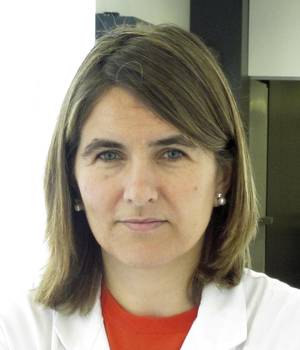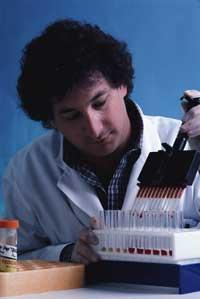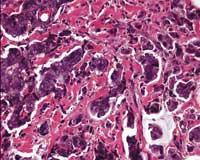When the history of the house commands
2012/05/01 Galarraga Aiestaran, Ana - Elhuyar Zientzia Iturria: Elhuyar aldizkaria
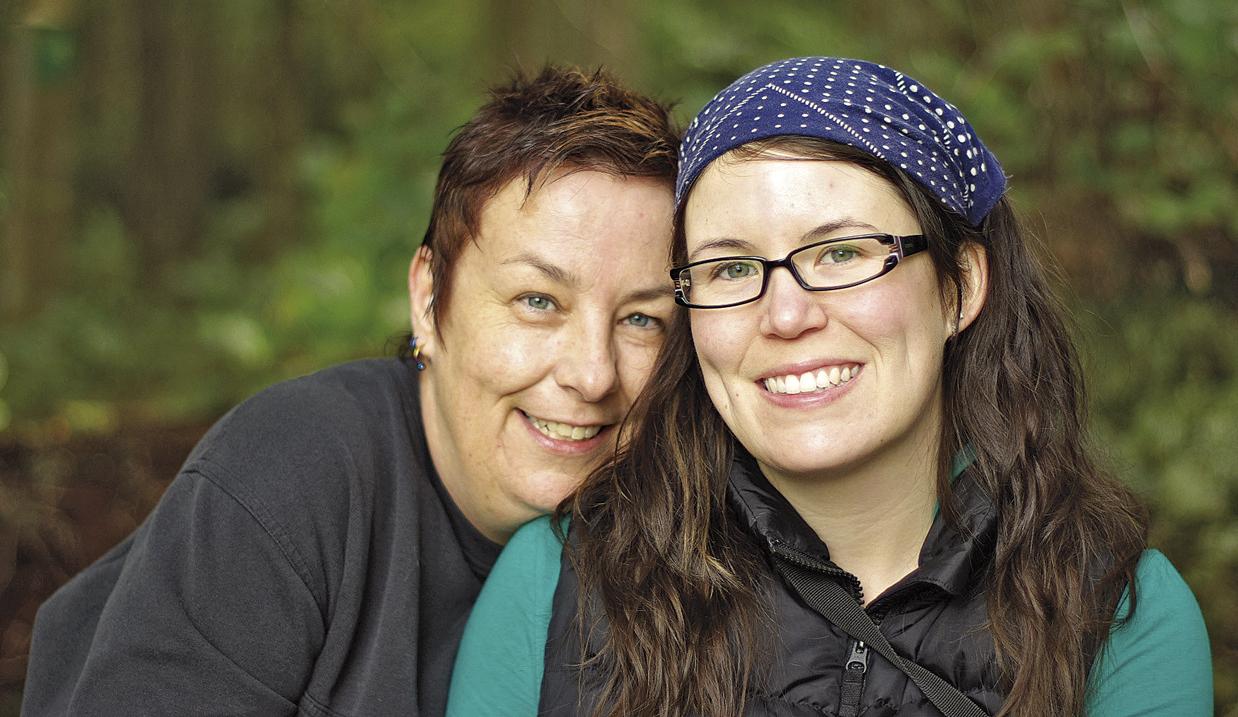
In most cancers of genetic origin, mutated genes are repairing genes. Its function is to correct DNA defects, "so if the repairer is mutated, it cannot fulfill its function and then the tumor appears." The explanation is from Karmele Mujika, doctor of the Department of Genetics of Onkologikoa. In their section they treat cases of this type and comments on the most common cancers: "they are chest and ovaries on one side and colon on the other".
"People who have many of these cancers within their family arrive at the consultation. First we make history: we ask how many cases there are in the family, we make a family tree and with it we value the risk that people of this family have to have cancer," said Mujika.
Those who are at high risk are offered a genetic blood study in order to determine if they have a cancer-related genetic variant: "In breast cancer, we observed the DNA of blood lymphocytes. To begin with, we make a DGGE ( denarising gradient gel electrophoresis )".
According to Mujika, this method of study is "very long and laborious," but appropriate for diagnosis. "And then we do sequencing in blood. In colon cancer we performed a molecular study in the tumor and observed the state of proteins. If they are transformed it means that the gene is mutated and then we look in the blood."
Mujika has determined that breast cancer observes the BCRA genes in blood and colon, MLH1 and MSH2. "In this way, once the mutation is identified, we can assess the risk. Now, it must be taken into account that not only these genes are exposed to risk, but the medium also has a great influence, as well as other genes such as those that regulate genetic activity. Therefore, among the sisters and with the same mutation, it often happens that one has a high risk of developing cancer, while the other is low or moderate."
Follow-up, key
Implement preventive measures for people at high risk: "In breast cancer, for example, it is very important to follow up. To do this, we recommend that the little ones register their breasts and then, from 20-25 years, perform mammograms and resonances".
Although for many people the most commonly known method is mammography, it has some aspects to take into account. Thus, Mujika has clarified that this technique is especially suitable after menopause. "Before the breasts are more dense and the lesions do not look so well. In fact, after menopause, microcalcifications usually appear in the tumor that look very well with mammography, but in youth the lesions are usually of another type, usually nodular and not perceptible. For this reason, resonances and ultrasound are performed at these ages".
In addition, Mujika considers that the realization of mammograms over the years and can often pose a risk: "Because when making the mammography we emit ionizing radiation. And although we control the dose, we do not know to what extent periodic mammography can affect the long-term, especially if it is young and at risk group".
Preventive measures are also applied to people at high risk for ovarian cancer: "From 30-35 years we conducted a gynecological study and a vaginal ultrasound. There is also a CA-125 marker. It is a protein, an indicator of ovarian cancer that can be detected in blood. However, the use of this test is arguable, since this indicator is not very specific, so the result can be confusing."
On the other hand, in ovarian cancer, "prevention is not as useful as in breast cancer," said Mujika. "Many times, when we diagnose the tumor with these tests, it is quite developed, usually in stage 3 (there are 4 stages from 1). On the contrary, the bra is still detected in stage 1. Therefore, the prognosis of ovarian cancer is not usually so good."
Finally, the risk of colon cancer increases from 40 years, so an annual colonoscopy is recommended.
Mujika has stated that all these measures help to make an early diagnosis, that is, with them the appearance of cancer is "not prevented", but if they appear, they do so immediately. This allows a better prognosis than cases that do not perform a special follow-up.
Surgery, only in some cases
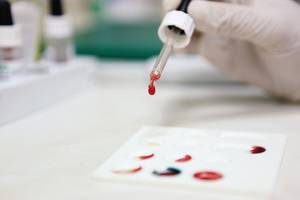
Regardless of the measures mentioned, there is preventive surgery. Mujika has acknowledged that no random studies have been conducted to test the effectiveness of this method, "however, in prospective studies we have seen that this measure is the one that most reduces risk."
"With the evidence so far, we cannot recommend surgery but we can report. In addition, when we suspect that this information can have a strong influence on the person, we always offer psychological help," added Mujika.
She comments that preventive surgery is performed in three cases: masectomy of a healthy breast with cancer in one of the breasts and very high risk of developing cancer in the other carrier of the mutation; masectomy of both breasts, although the carrier of the mutation is a healthy woman, when the risk is high for her family history; and removal of ovaries and fallopian tubes.
Mujika sees enough benefits to the latter, although she insists that it is not possible to recommend preventive surgery: "It should be taken into account that the ovaries of a woman who has suffered breast cancer are often sterile by the treatment she has received or by age. Therefore, eradication will have no other consequences on this aspect and, on the other hand, will prevent the development of cancer, not only in the ovaries (and we must not forget that ovarian cancer does not usually have good prognosis), but also in the breasts. In fact, in some breast cancers, estrogen contributes to cancer, so the loss of estrogen production is favoured."
On the contrary, in the case of healthy women, the consequences are different. "With the removal of ovaries and tubes we anticipate menopause and increase the risk of osteoporosis and disorders of the circulatory system," explains Mujika. Hence, each case is analyzed. They cover the whole context and, in addition, surgery does not completely eliminate the risk: "When we remove the breast because there is always some glandular tissue left, and the same happens in the ovaries, so there is a small risk of carcinoma in the peritoneum."
In addition to these surgeries, in colon cancer a healthy part is sometimes eliminated, since on many occasions, being a carrier of the mutation, the risk of appearing on the other side is very high. Colon cancer also increases the risk of developing endometrial cancer in women. In these cases, Mujika clarifies that it can be followed, but at the same time recognizes that there is no very good method of early diagnosis, "Yes, the prognosis of endometrial cancer is much better than that of the ovaries," he adds.
Deepening in research
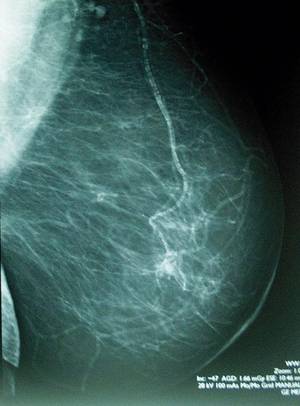
Mujika is clear that the more they know about cancers of genetic origin, the more possibilities they will have of helping the carriers of mutations. "For example, it has been observed that histology of this type of cancer is special compared to others of different etiology. In addition, they adapt better to some treatments than to others, so although for the moment they do not differ in radiation therapy and in this type of treatments, in the future a differentiated treatment can be given".
Proof of the efforts made in the research is a thesis carried out last year. The thesis, entitled "Genetic research in women with hereditary breast/ovarian cancer residing in the CAPV", was carried out by Elena Beristain, PhD in Biology at the UPV. The director of the thesis was Isabel Tejada, responsible for the molecular genetics laboratory of the Biochemistry Department of the Cruces Hospital, where he has mainly carried out his research Beristain.
Beristain has analyzed 274 patients from Cruces and Txagorritxu hospitals with breast or ovarian cancer. In addition, the study involved 115 family members of patients and 132 other women who carried out population control tasks. Beristain has molecular separated the BRCA1 and BRCA2 genes from all of them, as well as part of the sequence of another disease-related gene.
The study has shown that there are various variants in these genes: pathological, neutral and of unknown meaning. Among them, the frequency of pathological mutation is 10%, a figure that according to Beristain is inferior to that of other European populations.
On the other hand, taking into account the age, the researcher has found that among the relatives of the patients who carry the BRCA1 and BRCA2 genes, the cumulative risk of breast cancer is 69% or 67% respectively. By sex, Beristain points out that male breast cancer is mainly related to mutations of the BRCA2 gene.
These data and all the conclusions obtained in the thesis will serve to carry out a differentiated follow-up to people with hereditary cancer and their families. He is currently Auxiliary Research Technician at the Research Unit of the Cruces Hospital.

Gai honi buruzko eduki gehiago
Elhuyarrek garatutako teknologia



